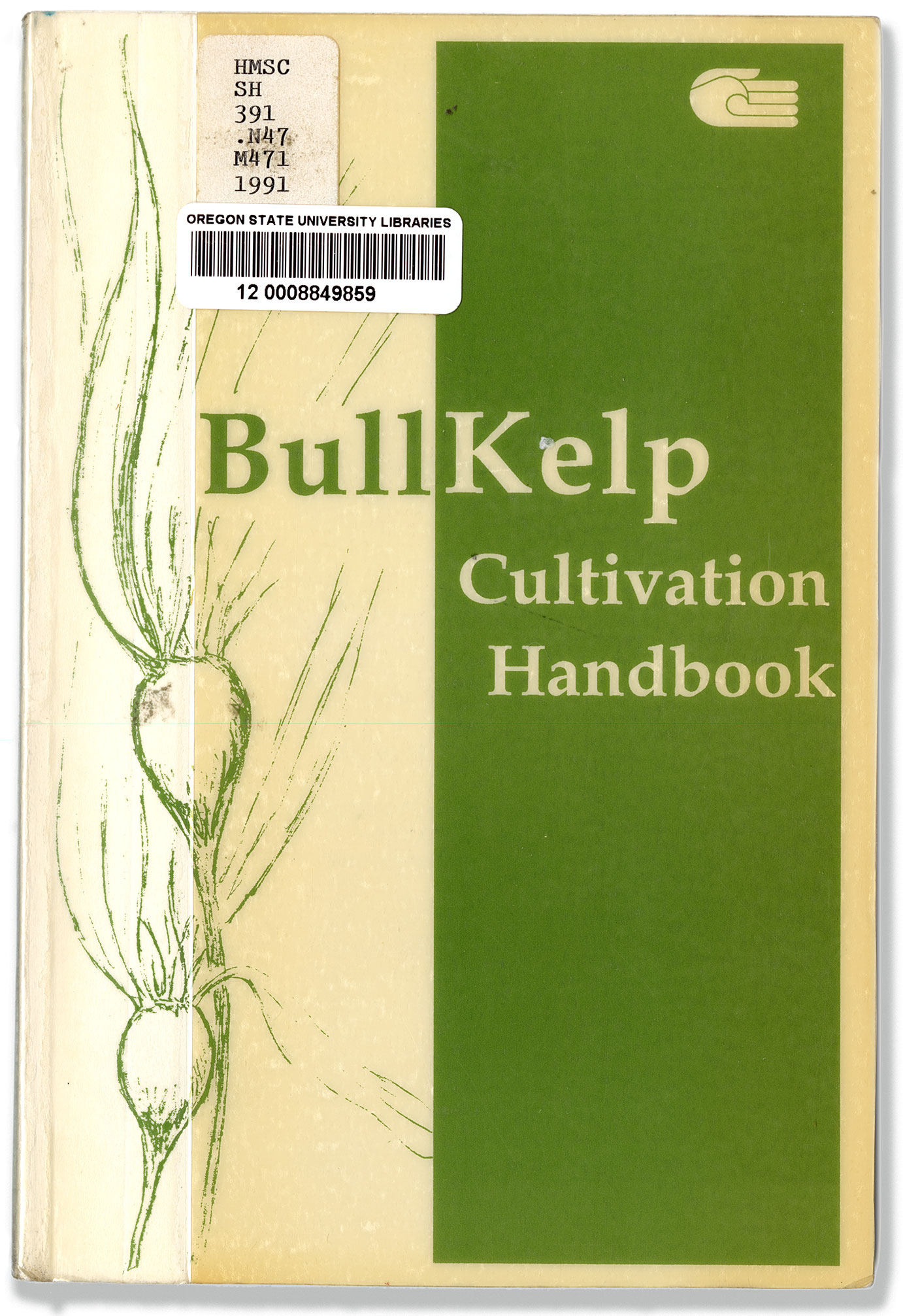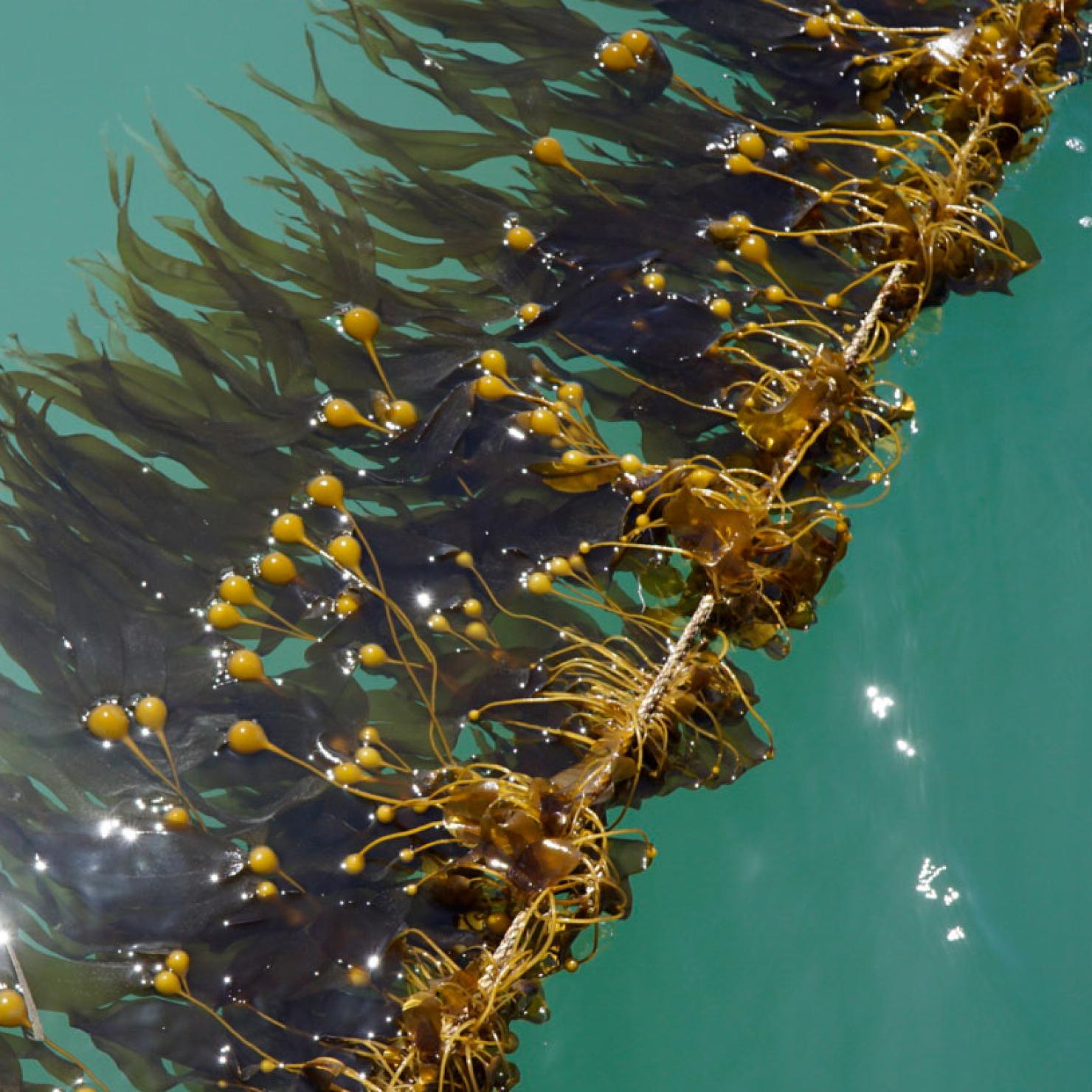Connections to The Blue Economy
Aquaculture is an enormous topic that has many components adjacent to kelp restoration. Aquaculture is the inclusive term for all commercial fish, shellfish, and seaweed farms either ocean or land-based. Mariculture is a subset term referring to open-ocean cultivation of kelp or shellfish. Connecting kelp restoration efforts to a non-extractive ocean food economy is a huge motivation for funders and supporters of kelp recovery efforts.
Urchin Ranching is one of the most promising aquaculture experiment relative to bull kelp restoration. The impoverished, zombie, purple urchins pulled out of kelp restoration sites are fed kelp or kelp pellets and fattened up in aerated tanks (usually stacked inside a container) until their uni (gonads) are bright, fleshy orange. This uni is in demand by high-end chefs and the Japanese market. Red urchins have been a valuable fishery for years, but now efforts are growing to use the market—what might be called ‘The Blue Economy’—to incentivize these purple (or green if farther north) urchin farms. Most are still in the early days, but local efforts are emerging adjacent to the areas where urchin harvesting are trying to clear space for new bull kelp growth. Well-known chefs in Northern California are creating fantastic menus with this locally ranched purple urchin uni. Noyo Center for Marine Science in Fort Bragg California and groups at Port Orford, Oregon are beginning their urchin ranching projects. Open source information for urchin ranch start-ups is being generated by California Sea Grant. The market is there. Land-based abalone farms are following suit, to fill the market gap left by the disappearance of the recreational abalone fishery.







